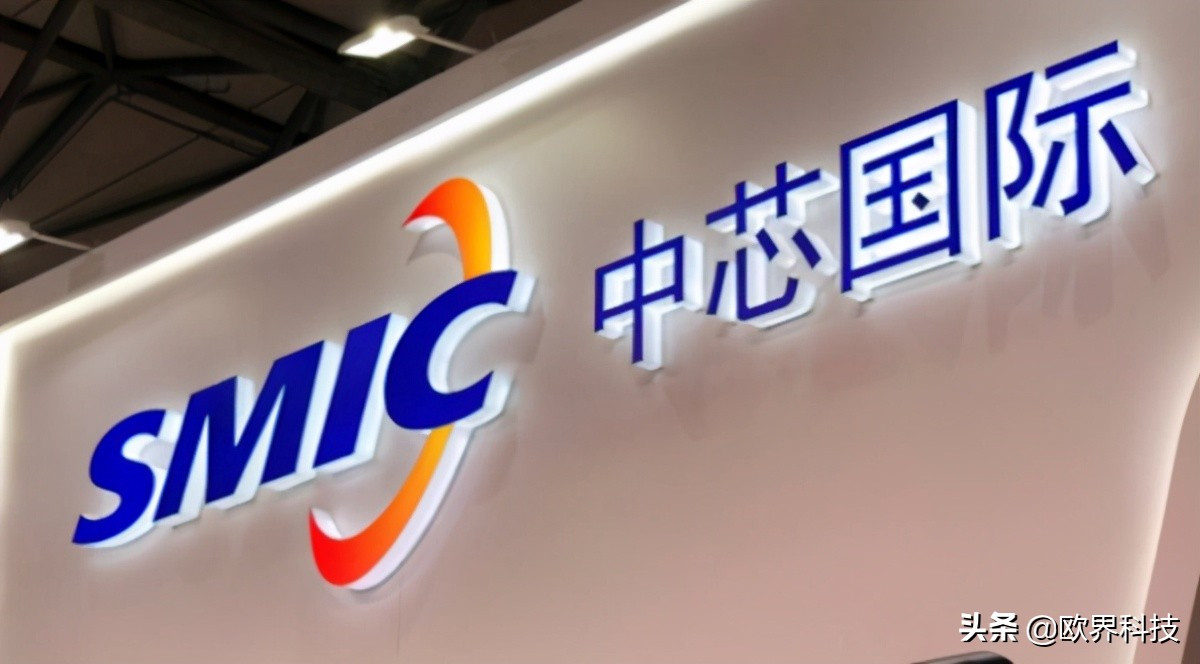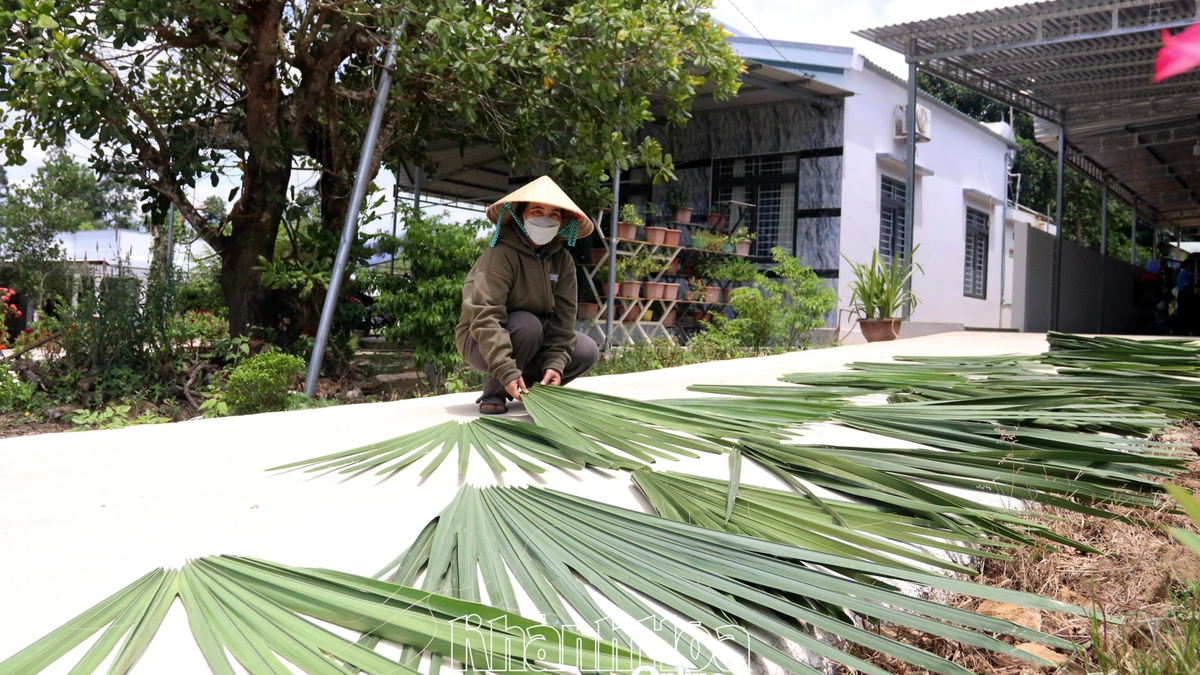The company has now achieved 7nm chip production capacity, on par with Intel and several other semiconductor companies. However, SMIC has been on the US blacklist since 2020 and has continued to be restricted by Washington's broader semiconductor export controls since last year.
“SMIC simply cannot make commercial profits producing chips with less advanced equipment,” said Phelix Lee, an analyst at Morningstar Asia.

Not only that, after the agreement between the semiconductor trio of the US, Japan and the Netherlands, ASML - the world's only manufacturer of extreme ultraviolet lithography (EUV) machines - was forced to apply for an export license for its complex machines, even though it had never sold its most modern tools to customers in the mainland.
Lagging behind
Even the world's most advanced semiconductor chipmakers, such as TSMC and Samsung, rely on a small number of companies, mainly in the US, Japan and the Netherlands, for their machinery.
The “nanometers” on a chip refer to the size of the transistors. The smaller the size, the more transistors can fit on a chip. Therefore, a smaller nanometer number usually results in more performance and power for the processor.
TSMC and Samsung began mass production of 7nm chips in 2018. Both companies have plans to launch chips on the 2nm process in 2025. The Korean giant said it will start manufacturing 1.4nm processors in 2027. Until last year, the two industry leaders were mass producing 3nm chips.
With 7nm technology, SMIC is still several generations behind TSMC and Samsung. Without the most modern chip foundry machines, this gap will only widen.
“So far I have not seen any domestic company that can provide a replacement for SMIC,” Lee said, adding that even if domestic companies try to develop similar tools, they are far behind.
Waiting for "rescue"
However, as the spearhead of China's chip ambitions, SMIC is expected to soon continue to receive more support from the country's government .
“I am seeing a lot of resources coming into SMIC, from bank loans, issuing new shares or setting up subsidiaries with state financial support,” Lee said.
In its five-year development plan, China said it would increase spending on research and development by more than 7% annually from 2021 to 2025 to make “major breakthroughs” in technology and self-reliance.
Mainland tech giants such as Alibaba and Baidu have been given the green light to design their own chips, a move that shows Beijing is boosting its domestic microprocessor technology capabilities.
“The Chinese government has shown that it wants to close the gap with the top as much as possible by pouring capital into the industry,” Miller said. “SMIC will benefit from new, greater support from a government that does not want to see failure and, if possible, wants to continue to make technological progress.”
(According to CNBC)
Source



















































![[Maritime News] More than 80% of global container shipping capacity is in the hands of MSC and major shipping alliances](https://vphoto.vietnam.vn/thumb/402x226/vietnam/resource/IMAGE/2025/7/16/6b4d586c984b4cbf8c5680352b9eaeb0)













































Comment (0)